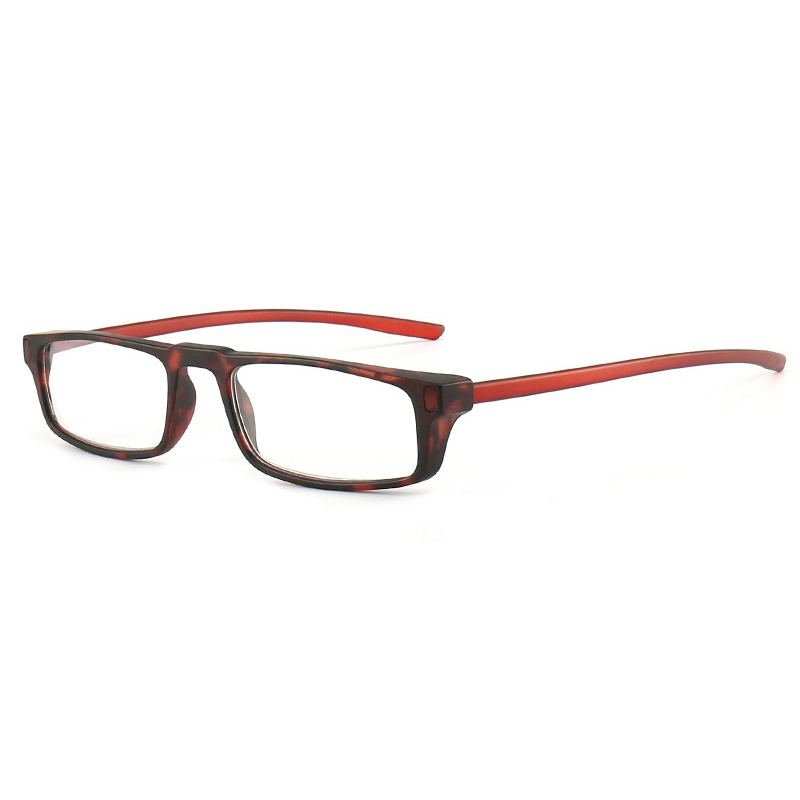
The global landscape for producing vision correction and fashion accessories is being fundamentally reshaped within the walls of the modern eyewear factory. These facilities, long associated with traditional craftsmanship, are now at the forefront of a manufacturing revolution, integrating sophisticated digital technologies, adopting rigorous sustainable practices, and implementing flexible production systems. This comprehensive transformation enables the contemporary eyewear factory to meet rapidly changing consumer expectations for personalized design, predominant quality, and environmentally responsible products, thereby establishing new benchmarks for efficiency and innovation across the entire sector.
A primary catalyst for this evolution is the deep integration of digital tools throughout the design and production workflow. Inside a technologically advanced eyewear factory, the process now frequently begins with intricate 3D modeling software, which allows designers to create and refine frame prototypes with remarkable speed and precision, visualizing every detail before any physical material is used. These digital blueprints are then seamlessly transferred to computer-controlled milling machines and laser cutters that meticulously shape acetate, metal, and other materials into frame components with exceptional accuracy. This digitized process, central to the modern eyewear factory, significantly reduces human error and material waste during the initial stages of manufacturing.
Additive manufacturing, commonly known as 3D printing, represents another transformative technology being adopted within the progressive eyewear factory. This method provides exceptional freedom for creating complex geometric structures, intricate latticework, and highly customized frame designs that challenge the limitations of conventional injection molding or carving techniques. The technology empowers an eyewear factory to efficiently produce limited-edition artistic collections and, more importantly, to offer truly bespoke eyewear, where frames are tailored to the unique facial measurements and aesthetic preferences of individual customers, directly from the digital file to the finished product.

Sustainability has transitioned from a peripheral concern to a core operational principle for the modern eyewear factory. This commitment is reflected in the proactive sourcing of eco-conscious materials, including acetates derived from renewable wood pulps, alloys made from recycled metals, and bioplastics developed from castor oil and other organic sources. Beyond material selection, a forward-thinking eyewear factory is also implementing comprehensive systems to manage its energy consumption, reduce water usage in polishing and tinting processes, and utilize small, fully recyclable packaging, thereby appealing to a growing demographic of environmentally aware consumers.
The concept of the smart factory is also taking root within this industry. By embedding IoT sensors into machinery, an eyewear factory can achieve predictive maintenance, identifying potential equipment failures before they cause production halts. Automated inventory tracking systems ensure a seamless flow of raw materials, while data analytics optimize production scheduling for up to throughput. This interconnected, data-driven environment makes the eyewear factory more resilient, responsive, and cost-effective, ensuring that production lines can adapt quickly to new orders and design changes.
Looking toward the future, the strategic focus for any ambitious eyewear factory will be on further refining its capabilities in mass customization and enhancing the agility of its supply chain. The ability to efficiently manage small-batch production runs and swiftly respond to the fast-paced cycles of fashion trends is becoming a critical competitive advantage. The ongoing technological and philosophical modernization of these production centers globally guarantees that the market's demand for innovative, high-quality, and sustainably produced eyewear can be consistently and effectively met for the foreseeable future.

Harmony Eyewear founded in 1998, a global leading sunglasses factory, mainly supplies sports sunglasses, fashion sunglasses, reading glasses, optical frames, safety goggles, safety face shields. We are professional Wholesale Glasses Frames Manufacturers.
Copyright © Harmony Eyewear Co., Ltd. Login
LoginBlock 3, Banyang Industrial Zone, Dafen, Duqiao Town, Linhai City, China.
Phone: +86-15868686818
E-mail: hw@meisuneyewear.com
